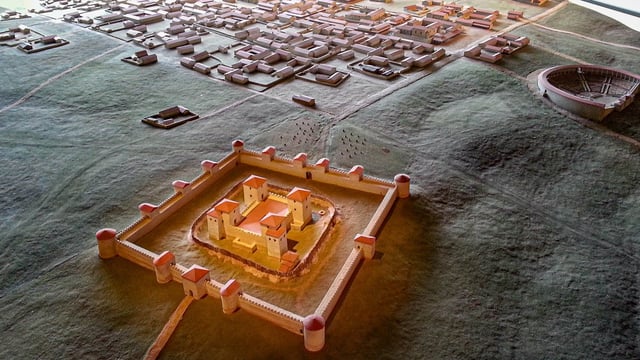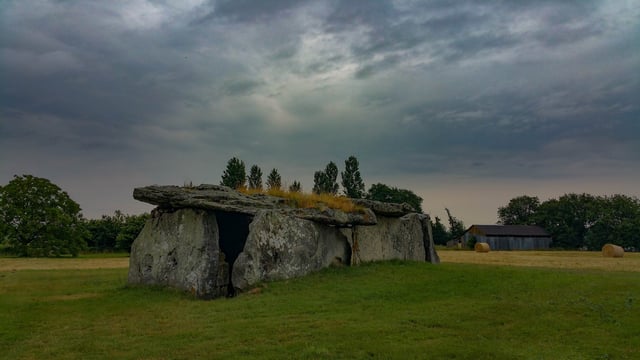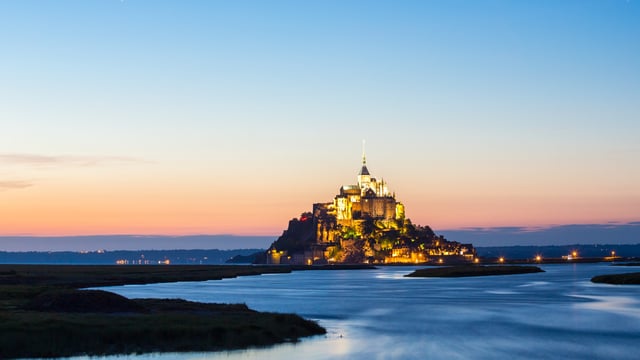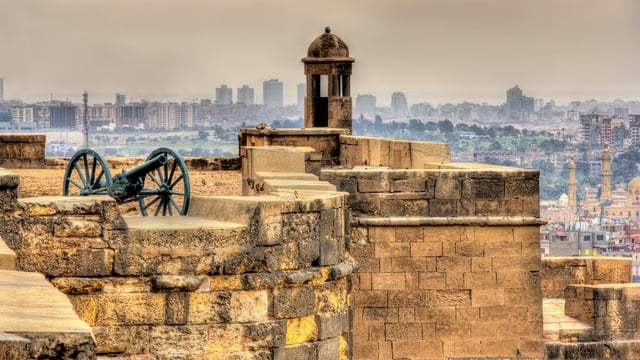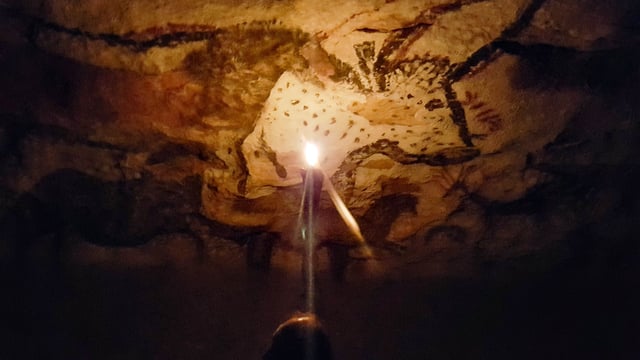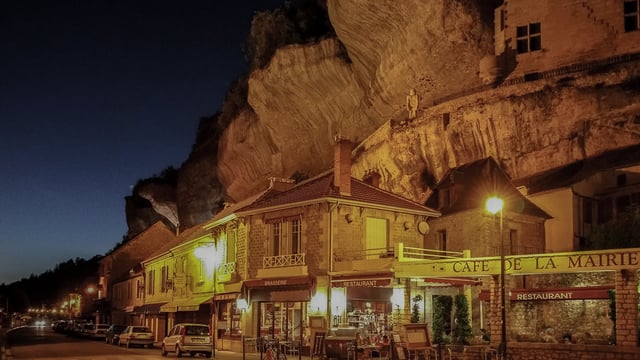- Thomas Dowson
- Last Checked and/or Updated 12 December 2022
- No Comments
- France
From the 4th century the Gallic tribe of the area, the Diablintes, had a sanctuary to the north of what is today the town of Jublains. Romans started to build houses near this sanctuary in the first few decades of the first century AD.
An important commercial town developed over the years that became a political centre for the area, and the capital of the Diablintes people. As a result of this political and economic significance the town had a forum, a theatre, temple and large public bath house. The remains of these still accessible today.
Towards of the end of the 3rd century AD, with the weakening of the Roman Empire, all areas of Gaul and the Romans were under attack from various groups in Europe including the Saxons from Germany. A fortified building with earthen ramparts was constructed on the southern edge of the border, later followed by the addition of a surrounding stone wall. A significant portion of this fort is still standing and is said to be one of the most well preserved Roman fortifications in France.

Where is Jublains?
The town of Jublains is about 10 kilometres to the south east of Mayenne, the capital town of the Department of the same name, in the Pays de la Loire region of north western France.
Roman Points of Interest in the town of Jublains:
The Temple
The Bathhouse




